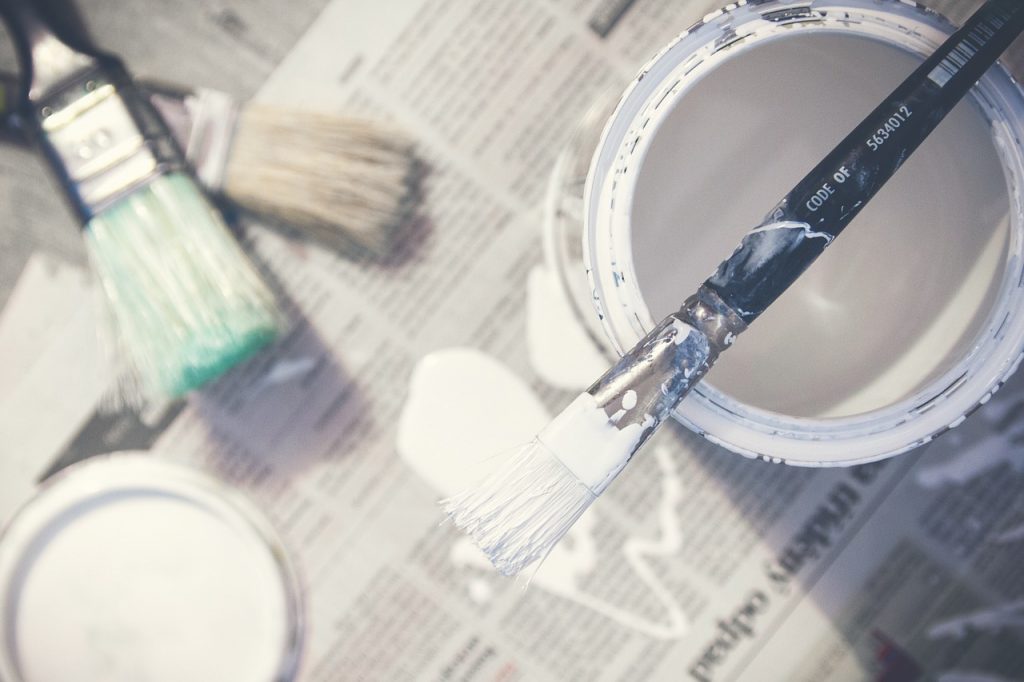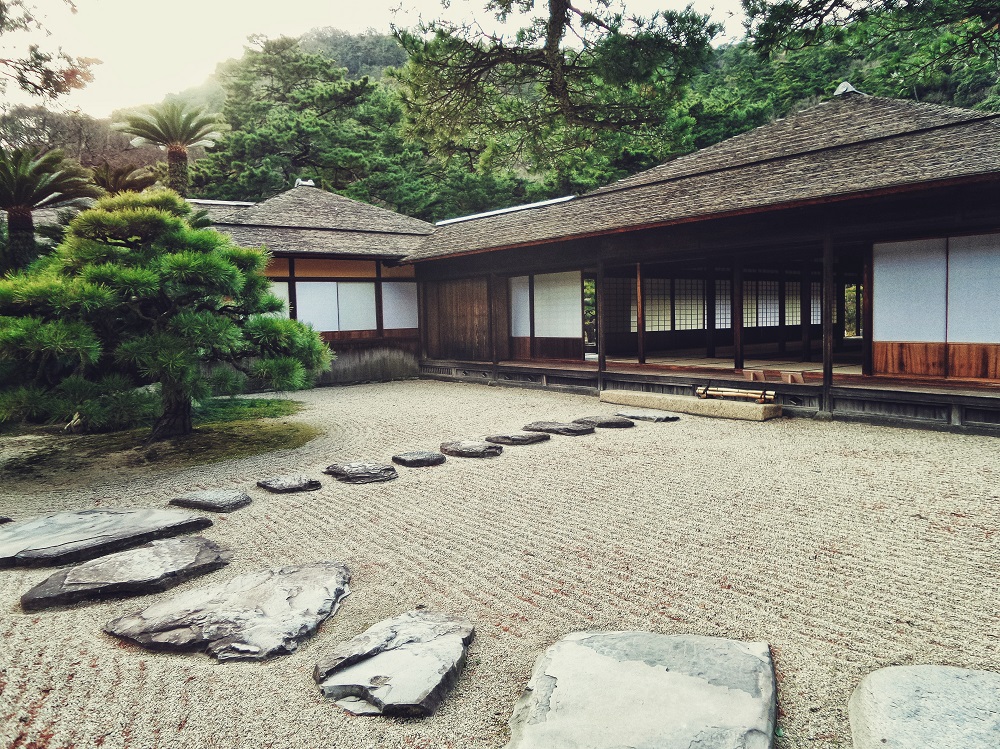Fence enclosures keep your property safe and secure. The strength and durability of your fence are critical to fulfilling this purpose. But even with a durable material, like aluminum, for your fence type, exposure to changing weather and extended use can still affect the fence’s condition. Coating your metal gates and fences is one way to protect your fencing structures. At the same time, surface coating spruces up the way your fences and gates look.
Here are different types of fence finishes that you can choose from to help improve the surface quality and aesthetics of your metal fencing.
Powder Coating
Powder coating is applied by spraying electro-statically charged paint on the surface of the metal, leaving behind a high-quality and durable film. Since powder coating does not use solvent or emit Volatile Organic Compounds (VOCs), it is safer to humans and the environment. Another advantage of powder-coated fences is the availability of decorative colors and textures that will make your metal fences look brighter and more attractive. While powder-coated surfaces maintain their color longer than other coatings, proper care should be exercised through regular inspection and cleaning to extend its service life.
Powder-coated surfaces can also undergo the process of sublimation, which can give the surface different textures and effects such as wood, marble or granite finish.
Liquid Paint

Wet or liquid paint has been used for many years as a finishing coat for various surfaces including metals. Liquid paint contains raw materials such as resin, solvents, additives and pigments in its formulation. Liquid coating has a shinier, less textured appearance when applied compared to powder coating. Liquid paint is also available in many different colors. Specialty coating like glow-in-the-dark coats and Teflon are ideal for aerospace, military, transportation or medical application.
Anodized
Anodizing is an electrochemical process which transforms a metal surface into an anodic finish. This type of finish is extremely durable and cannot be peeled off as it is part of the metal. Anodized surfaces are also UV-resistant, which is the one of the main causes of coating damage. Anodizing is ideal for areas with high traffic or heavy equipment, where the surface may encounter frequent physical contact.
Bright Dipping
The process of bright dipping bathes the metal in a phosphoric and nitric acid solution produces a high luster, mirror-like finish. Bright-dipped surfaces can also be anodized to increase the metal oxide layer’s resistance to corrosion and scratching and fading.
Mechanical
Metals like aluminum can undergo different process to flatten, roughen or smoothen their appearance. Abrasive blasting, grinding, polishing and buffing are some of the processes that can be used to either alter the surface quality of aluminum or prepare it for other cosmetic processes such as anodizing or powder coating.
The purpose of applying finishing on metal surfaces is two-fold. Finishes provide a protective shield on the surface which makes the metal more resistant to normal wear-and-tear, the effects of physical contact, corrosion and weather conditions. In addition, finishes also enhance the appearance of the metal’s surface which can boost the curb appeal of your property.


